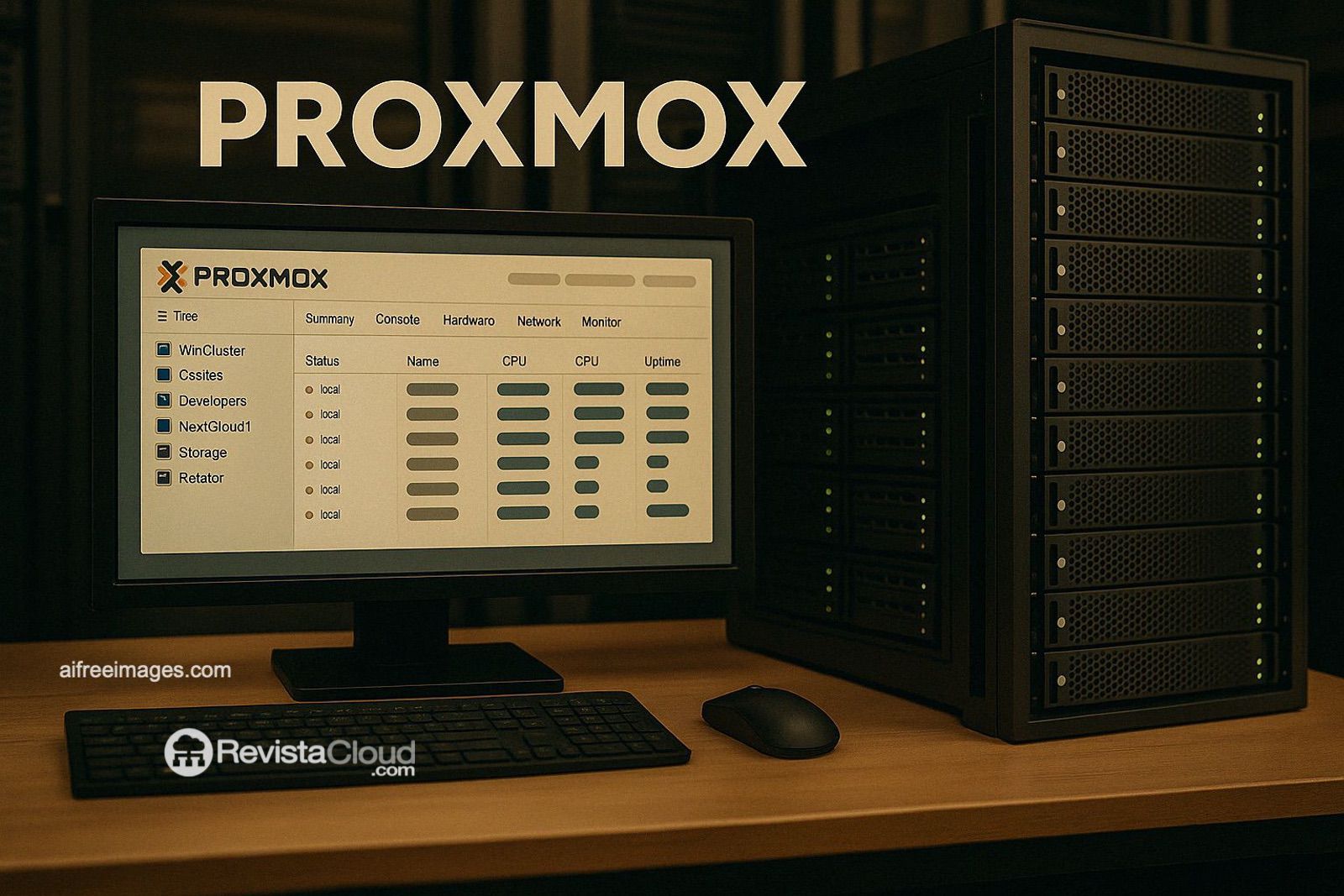Proxmox has released the beta version of Proxmox Backup Server 4.0, a significant leap forward for its enterprise backup platform. Based on Debian 13 “Trixie,” this new release features the Linux kernel 6.14.8 and OpenZFS 2.3.3, highlighting compatibility with S3 storage and the ability to expand RAID-Z volumes without shutting down the system—much awaited by IT administrators.
Hybrid Cloud Backups: S3 Support Arrives
One of the main updates is support for S3-compatible object storage, allowing backups to destinations like MinIO, Wasabi, or even Amazon S3. Although still in early development (“technology preview”), this feature makes Proxmox Backup Server a viable option for hybrid and decentralized backup architectures.
Each Proxmox instance requires its own S3 datastore, which can be reused if the original server becomes unavailable. Additionally, it includes a local cache that reduces remote storage operations, optimizing performance.
ZFS 2.3.3: Dynamic RAID-Z Expansion Without Downtime
A crucial scalability improvement is the inclusion of RAID-Z expansion, enabling disks to be added to an existing volume without system reboot or service interruption—something that previously required manual rebuilds or complex migrations.
This functionality gives Proxmox an edge over other backup systems that still depend on LVM or volumes without hot-expansion support.
Enhanced Web Interface, Notifications, and Sync Management
The web management panel has been refined with visual improvements and new translations, including Spanish, Arabic, Korean, and Ukrainian. OIDC consent management has been optimized, login window sizes adjusted, and cookies now use the HttpOnly attribute to strengthen security against session theft attacks.
Notification system improvements include alerts when a recipient lacks an email, better SMTP configuration, and standardized notification modes for new tasks.
For sync tasks, there’s now the ability to automatically run jobs upon detecting disconnected datastores, ideal for environments with removable disks or portable backups.
How Does It Compare to Other Solutions?
| Feature | Proxmox Backup Server 4.0 | Veeam Backup & Replication | Nakivo Backup | Bacula Enterprise |
|---|---|---|---|---|
| S3 Support | Yes (preview) | Yes | Yes | Yes |
| RAID-Z expansion without downtime | Yes (ZFS 2.3.3) | No (depends on filesystem) | No | No |
| Web interface | Modern, lightweight | Fully featured, more complex | Intuitive and user-friendly | Advanced but technical |
| Price | Free (open source) | Paid | Subscription license | Annual license |
| Tape backup | Yes | Yes | Limited | Very comprehensive |
| Granular restore | In development | Highly advanced | Advanced | Advanced |
| Community & support | Active, forums & Git | Professional, paid | Professional | Professional |
Proxmox Backup Server is an excellent choice for Linux environments, system administrators, and companies seeking full control over their backup infrastructure without licensing costs. While it may still lack some advanced reporting or granular restore features compared to commercial tools like Veeam or Nakivo, its native ZFS integration and open-source transparency position it favorably.
Installation and Usage Notes
The installation ISO now includes updated CPU microcode for enhanced security from the start. This beta can be upgraded later to the stable release via apt. It’s recommended not to deploy it in production environments yet.
To try the beta:
bash
deb http://download.proxmox.com/debian/pbs trixie pbs-test
Users can also easily upgrade from version 3.4 by following the official upgrade guide.
Final Thoughts
Proxmox Backup Server 4.0 marks a milestone for the most mature open-source backup solution within the Linux ecosystem. Its new S3 compatibility and dynamic RAID-Z expansion put it on par with commercial competitors while maintaining the philosophy of being free, powerful, and transparent.
In a landscape where backup solutions need to be increasingly flexible, scalable, and cost-effective, Proxmox Backup Server 4.0 stands out as a robust and modern alternative for organizations committed to technological sovereignty.

